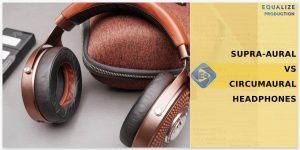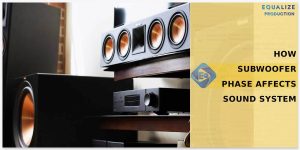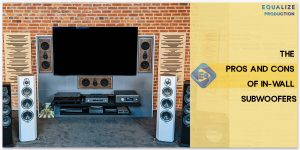Parametric and graphic EQ – are two important tools in the realm of sound engineering and production. When it comes to shaping and refining audio, these two terms, parametric vs graphic EQ, often take center stage.
Equalization, or EQ for short, is the art of sculpting sound by adjusting the balance of different frequencies. This article will demystify the concept of parametric and graphic equalizers, helping you fine-tune your audio to perfection. Whether you’re a budding audio enthusiast or a seasoned professional, I am sure you will find this material useful.
What is equalization (EQ)?
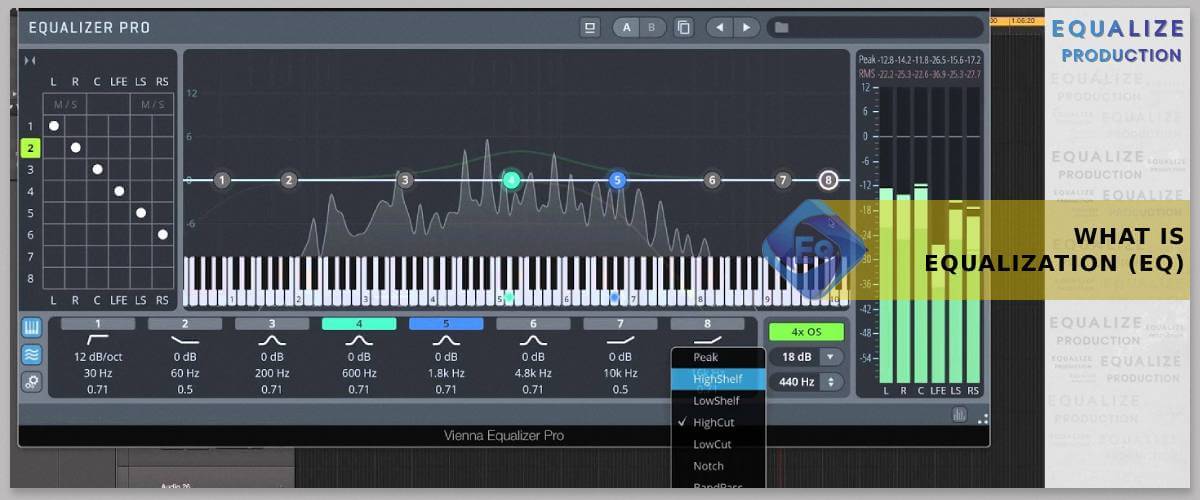
As I mentioned earlier, equalization is a fundamental tool in the world of audio engineering and production. Its primary goal is to shape and balance the frequency spectrum of an audio signal, allowing you to fine-tune the sound to meet specific requirements and preferences. The key principles of EQ involve adjusting the amplitudes of various frequencies within the audio signal. This process allows you to emphasize or attenuate specific frequency bands, making certain audio elements, such as vocals, instruments, or ambient noise, stand out or recede into the background.
Defining graphic EQ
A graphic equalizer is a powerful audio tool that provides a visual interface consisting of sliders or faders representing fixed frequency bands. Each slider corresponds to a specific frequency range, allowing precise control over the amplitudes of those frequencies.
Typically, a graphic EQ divides the audible frequency spectrum into multiple bands, such as 31 or 15 bands, with each band covering a particular range of frequencies. Users can raise or lower the sliders to boost or attenuate the corresponding frequency ranges. This fixed-band design simplifies the adjustment process and makes it easy to target specific tonal characteristics.
Defining parametric EQ
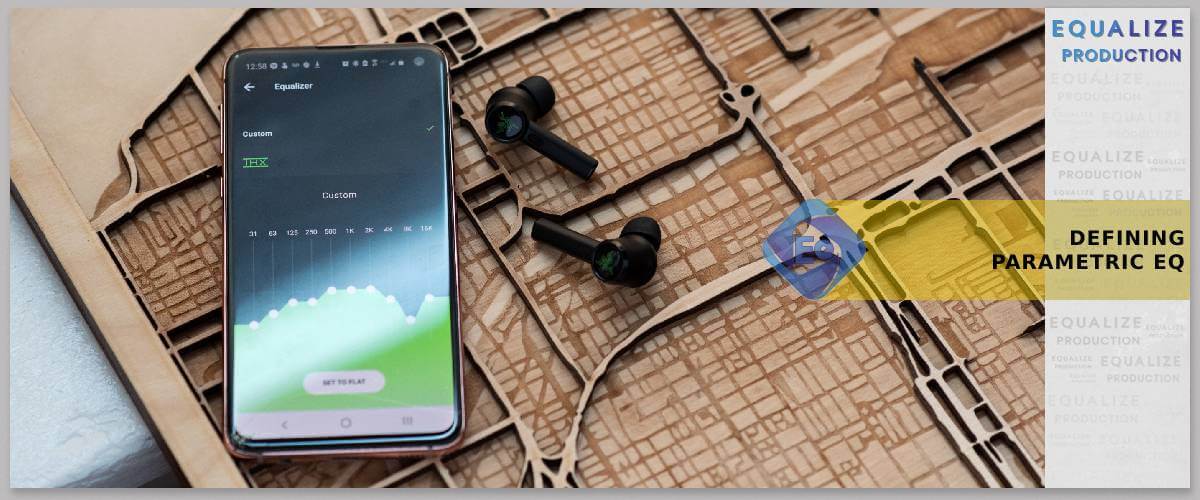
A parametric equalizer is a versatile audio tool that provides precise control over specific frequency bands, bandwidth (or “Q”), and amplitude. Unlike graphic equalizers with fixed frequency bands, parametric EQs offer greater flexibility in shaping audio.
At its core, a parametric EQ allows users to select a specific frequency range to adjust, determine the bandwidth (Q) to control the width of the affected frequencies, and then manipulate the amplitude (gain) of that selected range. This level of granularity makes parametric EQs highly effective for surgical corrections and detailed sound shaping.
Comparative analysis: parametric vs graphic EQ
In this analysis, I will compare the graphic vs parametric EQ functionalities, strengths, and ideal applications:
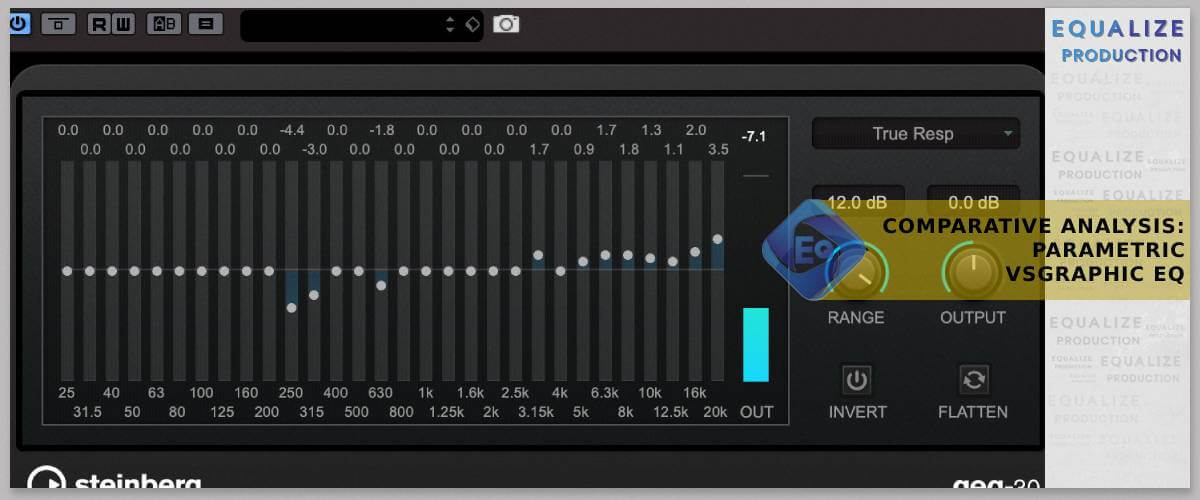
In order for you to understand more about this topic, I will compare the functionality and applications of these technologies. The graphic vs parametric EQ table is specially for you:
| Parametric EQs | Graphic EQs | |
|---|---|---|
| Adjusting frequency | Offer precise control over frequency adjustment by allowing users to select a specific frequency range, adjust its amplitude, and fine-tune the bandwidth or “Q.” | In contrast, provide fixed frequency bands with pre-defined center frequencies that can be boosted or attenuated. |
| Accuracy and flexibility | Excel in accuracy and flexibility. They are ideal for precise sound shaping, making them the go-to choice for professionals seeking intricate adjustments. | While easier to use, they may lack the precision required for critical audio tasks due to their fixed-band design. |
| Visual feedback | Provide a visual representation of the frequency bands, with sliders or faders for each band. This visual feedback simplifies the process of identifying and adjusting specific frequency ranges. | |
| Ease of use | May have a steeper learning curve, but their versatility rewards those who invest time in mastering them. | Are generally more user-friendly, making them accessible to beginners and live sound engineers who require quick adjustments. |
| Hardware and software availability | Are available in various forms, from hardware units to software plugins in digital audio workstations (DAWs). | Are available in various forms, from hardware units to software plugins in digital audio workstations (DAWs). Graphic EQs are often found in physical mixers and are popular in live sound setups. |
So, who is the winner in the parametric equalizer vs graphic equalizer debate? It’s not so clear-cut, and the answer depends on the specific sound task and the required level of accuracy.
Practical applications and recommendations
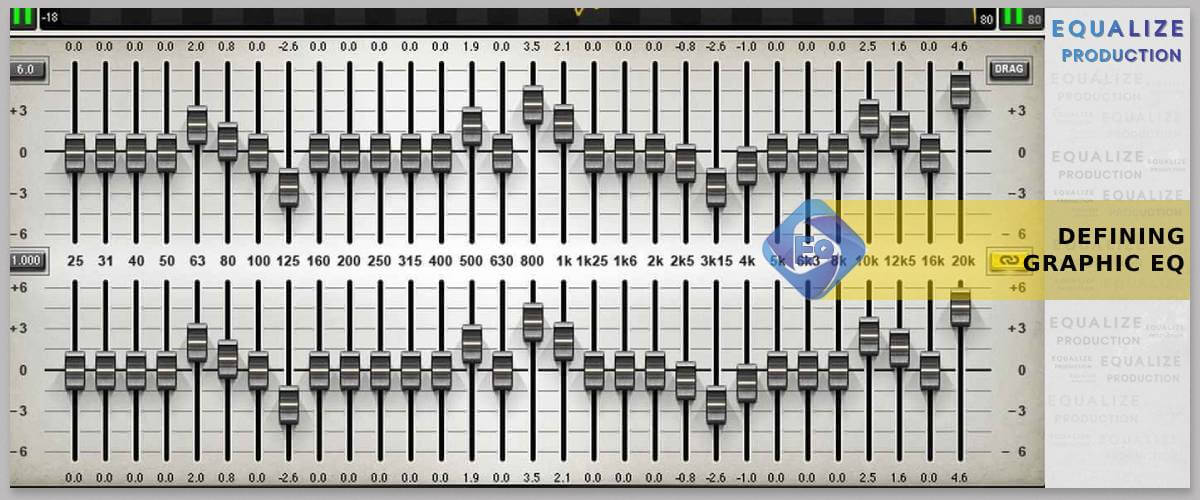
Live sound vs. studio mixing
In live sound settings, where quick adjustments are often required, graphic EQs are preferred for their user-friendly interface and real-time capabilities. Sound engineers can easily shape the audio to suit the venue and audience.
Sound design and mastering
For sound design and mastering tasks that demand meticulous fine-tuning, parametric EQs are the tool of choice. These tasks involve careful control over every aspect of sound, and parametric EQs excel in providing the required precision.
Both types of equalizers have their strengths, and understanding when and where to apply them ensures optimal sound quality in various scenarios, so the choice between PEQ vs VEQ is always up to your needs.





